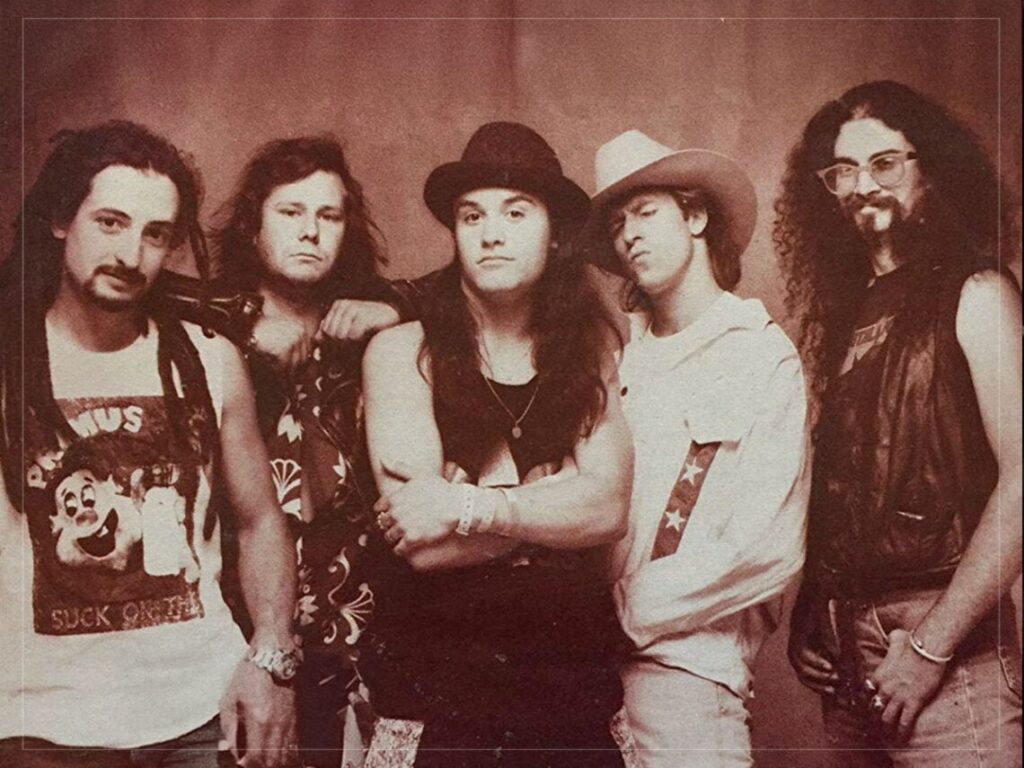Pedal perfection: The five best bicycle movie moments
 Posted On
Posted On
(Credits: Far Out / Universal Pictures / Warner Bros / MTV Films)
Sure, the history of cinema has been dominated by various vehicles like sports and muscle cars, motorbikes and speedboats. Hell, even the good old wagon and horse has enjoyed its fair share of the limelight. Still, one ought not to forget the humble bicycle, which has proven to be of great use in some of the best movies ever made.
The push-bike arrived in Europe in the 19th century and since then, the design of the manual vehicle has changed little. The bike is such an efficient means of transport, that there are actually more bikes in the world than cars, and best of all, they are completely safe for the environment.
In cinema, the bicycle can represent many things. For starters, it can symbolise the innocence of childhood, with many of our early years being dominated by riding around our neighbourhoods. Otherwise, the bicycle can represent a sense of freedom and agency with its simple design and application.
We’ve compiled a list of the five best movie bicycles, from off-kilter comedy stunts to moving moments of classic cinema, via some of the most iconic pieces of film ever shown on the big screen. So, without further ado, get pedalling and prepare to slam on the brakes.
Five best bicycle movie moments:
Napoleon Dynamite (Jared Hess, 2004)
In the mid-2000s, Jared Hess’ coming-of-age comedy film Napoleon Dynamite took the world by storm. Starring Jon Heder in the titular role, the offbeat movie has countless iconic moments, including a handful of bicycle parts. Napoleon pulling his odd rollerblading uncle into town attached to his bike will linger long in the mind.
There’s another bike moment in Napoleon Dynamite worth mentioning, too. After Pedro shows Napoleon his new bike with pegs, shocks and all the rest of it, the duo can’t resist putting it to the test. Cue Pedro riding over a tiny ramp with Napoleon insisting he got “three feet of air”, a testament to the true peculiarity and offbeat nature of Hess’ classic comedy.
[embedded content]
Butch Cassidy and the Sundance Kid (George Roy Hill, 1969)
Even in some of the greatest western movies of all time, the humble bicycle can hold its own against the powerful horses and rickety carriages associated with the genre. In George Roy Hill’s 1969 buddy Western, Butch Cassidy and the Sundance Kid, one of the most heartwarming moments undoubtedly came with a bike on screen.
Lured into purchasing a bike from a plucky salesman, Paul Newman’s Butch takes Katherine Ross’ Etta out for a morning ride with her being plonked happily on the handlebars. Free from the dangers of the West for just a moment, the pair ride along happily in the sunshine to ‘Raindrops Keep Fallin’ On My Head’ before Butch shows Etta his best tricks and moves on his new beloved vehicle.
[embedded content]
The Shining (Stanley Kubrick, 1980)
OK, there’s a bit of a caveat with this next entry, but seeing as it’s a truly iconic piece of cinema, we’re going to turn a blind eye. Technically, Danny’s bicycle in Stanley Kubrick’s 1980 horror classic The Shining is a tricycle, but who can blame the little clairvoyant munchkin for not being ready to abandon his stabilisers just yet?
As Danny rides his trike around the corridors of the Overlook Hotel, Kubrick tracks his journey from behind in a third-person shot. The repetition of the young boy’s movements become almost hypnotic and we enter a trancelike state, which makes the sudden appearance of the film’s infamous ghostly twins all the more shocking, and it’s all down to the endless roll of Danny’s little cycle.
[embedded content]
E.T. The Extra-Terrestrial (Steven Spielberg, 1982)
This one just had to be in here, didn’t it? Arguably one of the most memorable bicycle moments in the history of cinema, Steven Spielberg’s E.T. sees young Elliot, a handful of schoolmates, and his new alien friend being chased down by the authorities with the group pedalling hard on their bicycles.
Facing a blockade ahead, Elliot closes his eyes and suddenly feels himself lift off the ground, as do his friends behind him. John Williams’ score rises to the audiences amazement and Elliot, E.T., and their friends ride through the sky into the sunset. Elliot and E.T. had already flown through the night sky earlier, but the intensity of the second effort was all the more mesmerising.
[embedded content]
Bicycle Thieves (Vittoria De Sica, 1948)
Widely considered one of the greatest Italian neorealism movies of all time, Vittorio De Sica’s 1948 film Bicycle Thieves, as the title suggests, revolves around a poor Italian father searching for his stolen bicycle, which represents the opportunity to gain work in post-war Rome and the symbol of autonomy and freedom.
After much toing and froing about the bicycle, Antonio eventually decides to steal a bicycle of his own at the film’s conclusion. The father’s son, Bruno, looks on to witness his father committing the very crime that had been done unto him, but when the bike’s owner sees Bruno in tears, he tells the police to let Antonio go in a truly poignant and vitally important piece of cycling cinema.
[embedded content]


